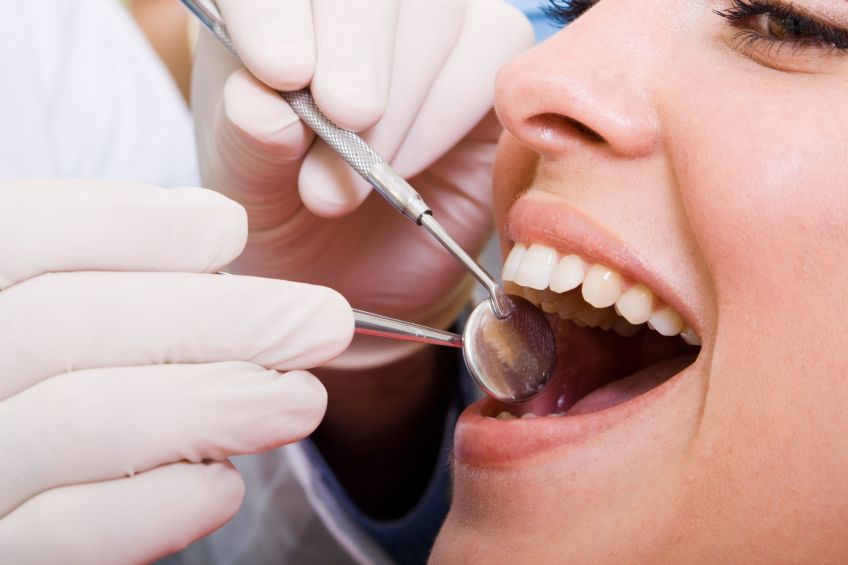When you have one or more missing teeth, your dentist may recommend that you get a bridge. A bridge typically holds a false tooth in place and can help restore your smile and your ability to chew and talk properly. There are four main types of bridges, each with its own advantages and disadvantages.
Traditional Bridges
Traditional dental bridges in New Brunswick, NJ are the most popular option. These bridges are comprised of one or more false teeth that are held in position using dental crowns.
The crowns are attached to the adjacent teeth, which need to be filed so your dentist can attach the crowns. These crowns are called abutments and the adjacent teeth need to be healthy enough to support the abutments.
Cantilever Bridges
Cantilever dental bridges are similar to traditional bridges except that only one abutment is used. An abutment is connected to one adjacent tooth instead of two. This may be useful if you do not have another adjacent tooth to support the bridge. However, the health and strength of the adjacent tooth are even more important as there is more pressure on the tooth.
Maryland Bridges
Maryland dental bridges do not use abutments. They are held in place with a framework constructed of porcelain or metal. The framework is then connected to the backs of two adjacent teeth. As the bridge is bonded to the backs of the teeth, there is no need to file the adjacent teeth.
Bridges Supported by Implants
Yet another option is to get a dental bridge supported by an implant. This procedure does not require an abutment. The implant is connected directly to the jawbone. After the gum tissue heals around the implant, the false tooth is added.
Check out Dentistnorthbrunswicknj.com to learn more about available procedures to treat your dental problems.
Bridges help restore your smile. However, the type of bridge that you get depends on several factors, including the health of adjacent teeth and your jawbone. Schedule a dental exam to determine which options are best for your teeth.


